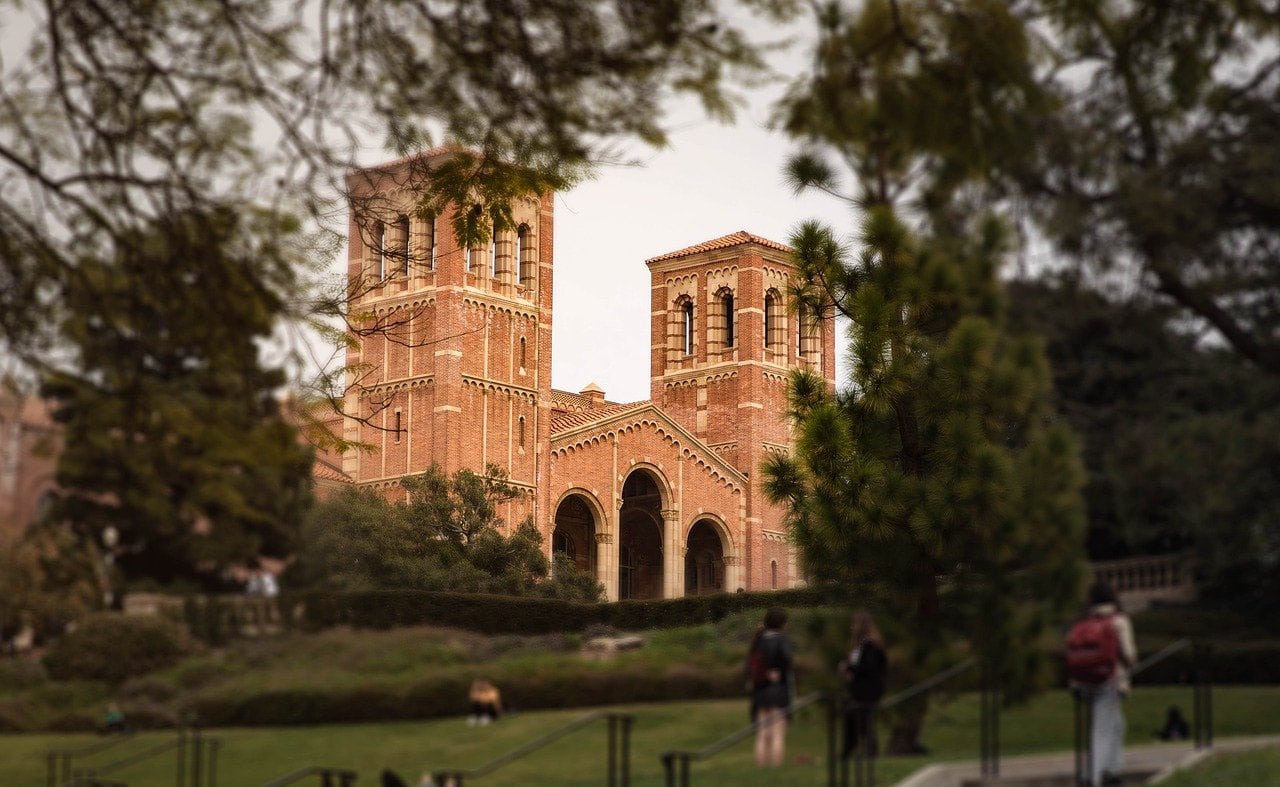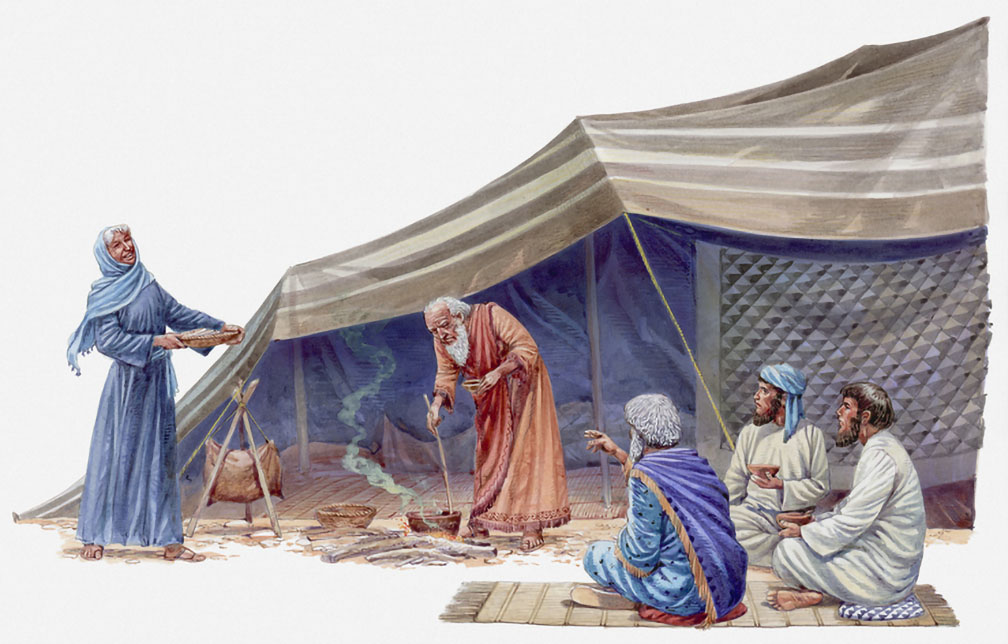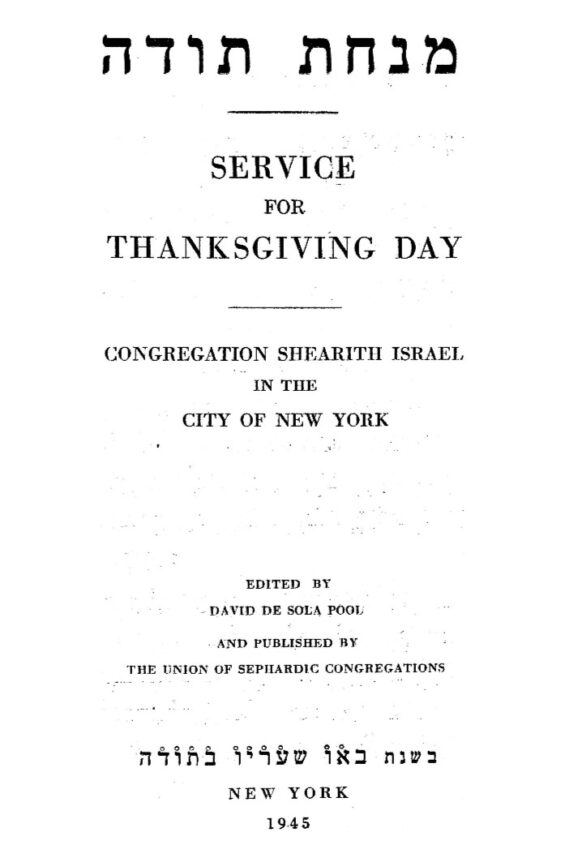“The History of Love” By Nicole Krauss (W.W. Norton, $23.95).
“The History of Love” is the name of a book within Nicole Krauss’s remarkable new novel of the same name, “The History of Love” (Norton). The inner novel has had a life of its own, written in Yiddish in Poland and thought to be lost, translated into Spanish in Buenos Aires, unbeknownst to the author, and later into English in New York; it drew on real love and also inspired love. If this were a love letter rather than a novel, it would be a chain letter, broken but ultimately reconnected.
Leo Gursky, a retired locksmith living alone in New York City, who makes a daily commotion in some public place to be sure that he doesn’t die without being noticed, is the unlikely romantic who’s the original author of “The History of Love.” He wrote it while living in Poland, when he was very much in love with a girl named Alma. Jews weren’t safe in their town of Slonim, and he lost Alma, who left for America before he did, and he gave the manuscript to a friend for safekeeping.
Years later at age 57, Gursky, after a heart attack curtails his work; he begins a new book, writing daily. He muses: “At times I believed that the last page of my book and the last page of my life were one and the same, that when my book ended I’d end, a great wind would sweep through my rooms carrying the pages away, and when the air cleared of all those fluttering white sheets the room would be silent, the chair where I sat would be empty.”
Gursky is a man whose suit doesn’t quite fit, who’s always late (“I’ve always arrived too late for my life”). A magnet for small mishaps at inopportune times, he’s cranky and lonely, although still a poetic observer. “Story of my life: I was a locksmith. I could unlock every door in the city. And yet I couldn’t unlock anything I wanted to unlock.”
Also living in New York is a young girl named Alma, who understands that she’s named after every female character in a Spanish novel her late father gave to her mother. Her parents would read to her from the book, inscribed with the words that this would have been the story her father would have written for her mother had he been a novelist. Years later, Alma’s mother is hired to translate the novel into English. Excerpts of it appear throughout the book.
Masterfully, Krauss ties together the stories of Gursky and the young Alma as each searches for clues about “The History of Love.” For Gursky, the manuscript oddly reappears, with the names changed into Spanish. The far-reaching literary puzzles involve Alma’s younger brother, who has messianic impulses; Gursky’s son, a well-known writer who doesn’t know of his father’s existence; Alma’s young friend Misha, an immigrant from the former Soviet Union who learns English by memorizing Beatles songs; and ghosts from Gursky’s past. Krauss’s overarching “The History of Love” is about loss and the transformative force of love; it’s also playful, wise and funny.
Her highly praised first novel, “Man Walks Into a Room,” published in 2002, is about a man who loses his memory. That was a daring first novel, not the more usual coming-of-age story. Beginning the book when she was 25, she wrote from the perspective of a 36-year-old man. Here she inhabits the voices of an old man and a 14-year-old girl, portraying each with convincing power.
Memory is still a theme for Krauss, and as she says, it’s probably one of the things she’ll be writing about as long as she writes. In “The History of Love,” Leo Gursky is overflowing with memories; in many ways, he lives in his memories. But he has no one to share them with.
Krauss has spoken of being really in love as she wrote this, and how that feeling is evident on the page. For her, writing is “a kind of reflex.” She says that her writing has evolved from the tightly-reigned-in prose of her first novel, where she cared a lot about the sentences, to greater expansiveness. Gursky’s voice, she explains, “allowed a kind of openness and honesty felt in the moment.”
Krauss, who began publishing poetry when she was 19, still writes beautiful sentences; her pages are full of energy.
The 30-year-old author, who lives in Brooklyn, is married to the novelist Jonathan Safran Foer, whose second novel, “Extremely Loud and Incredibly Close,” is also recently published. Although several critics see parallels between their work, she declines to talk about him, preferring to keep their professional lives separate.
Film rights to “The History of Love” have been optioned by Warner Bros., with David Heyman set to produce and Alfonso Cuaron (known for “Y Tu Mamá También) as director.
On Monday, June 13, at 7 p.m., Nicole Krauss will read from “The History of Love” at Dutton’s Beverly Hills Books, 447 N. Canon Drive, Beverly Hills. For more information, call (310) 281-0997.
Sandee Brawarsky is the book critic for the Jewish Week.




















 More news and opinions than at a Shabbat dinner, right in your inbox.
More news and opinions than at a Shabbat dinner, right in your inbox.